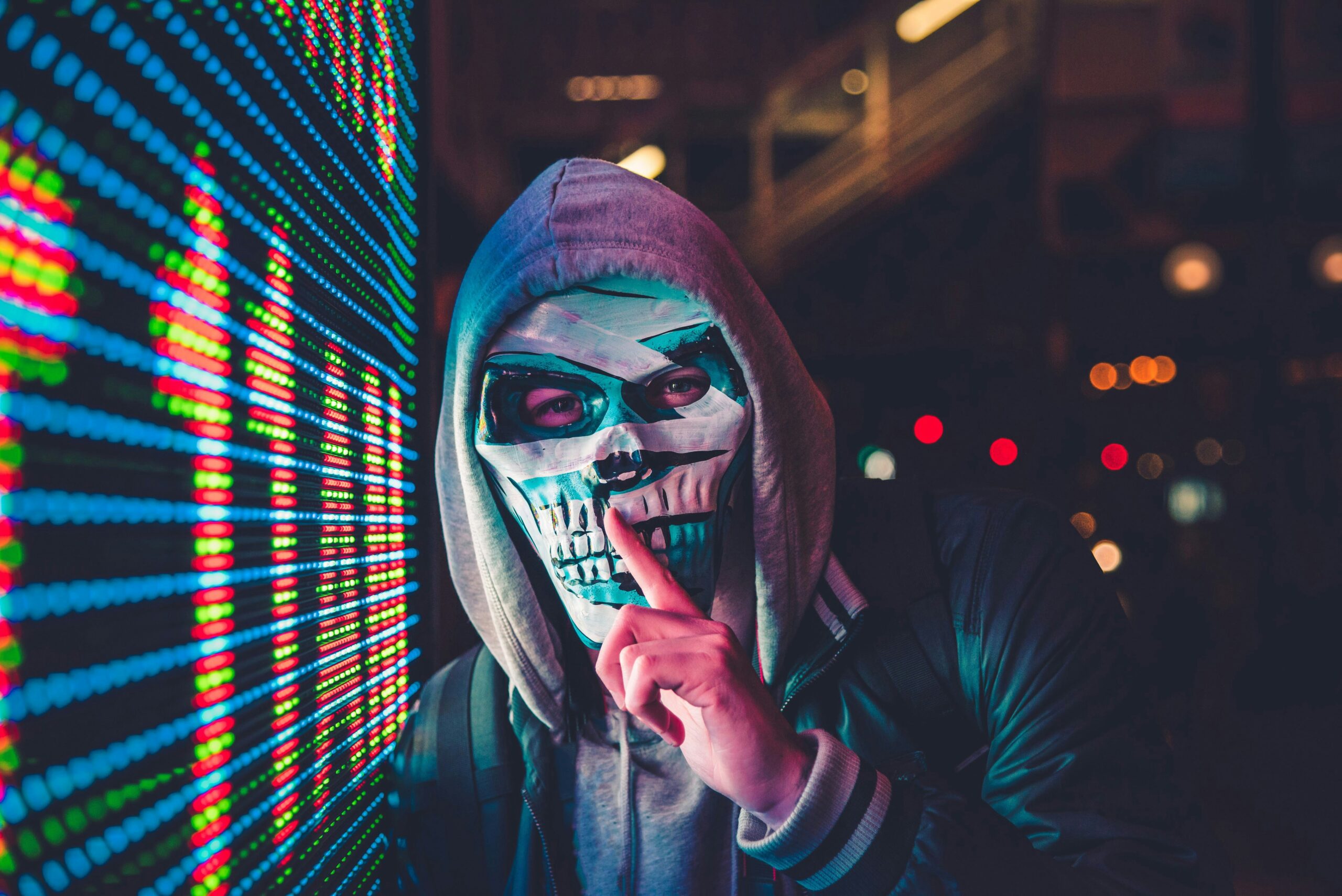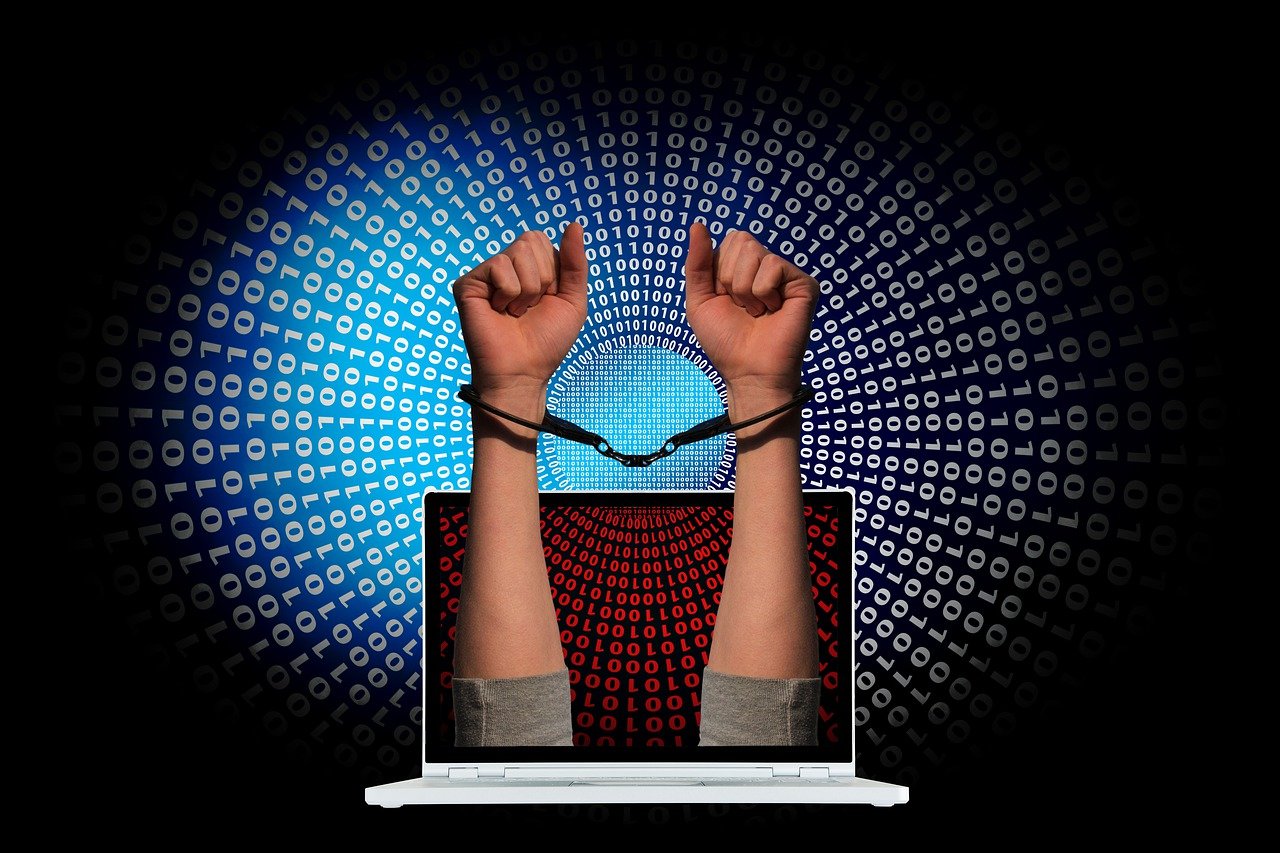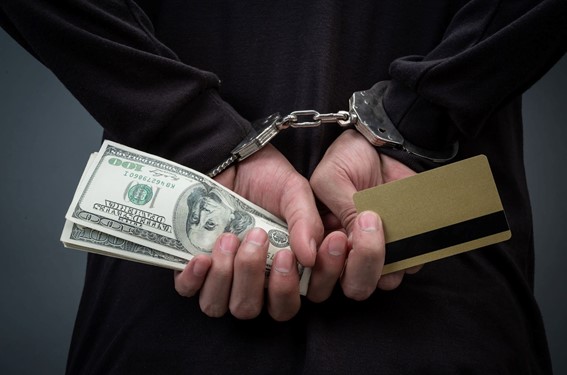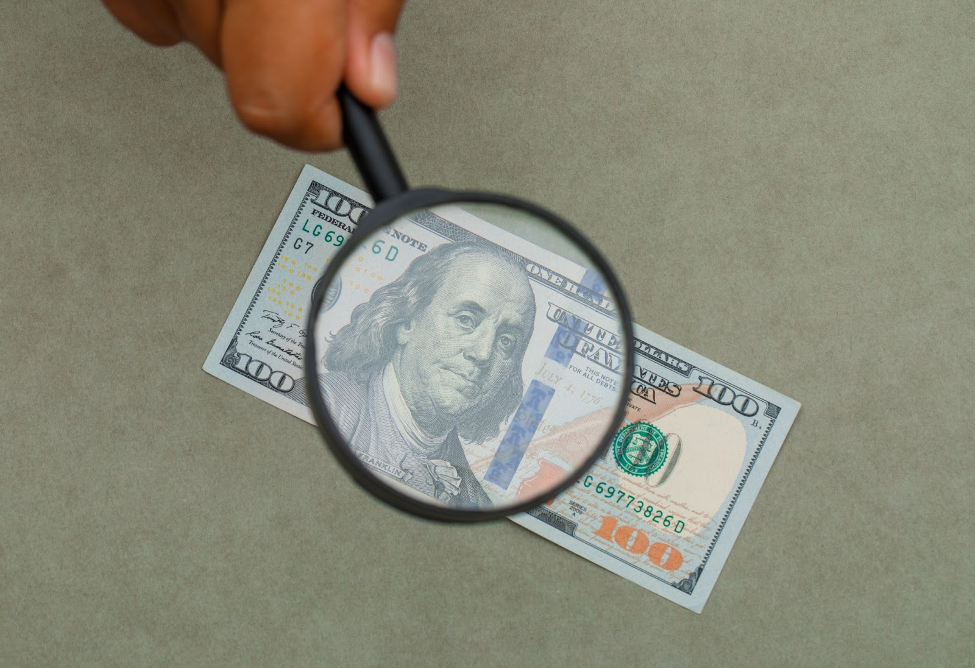Bank of America, recognized as the second-largest bank in the U.S. by the 2024 Forbes list, holds a prestigious position in the financial industry. Despite this, like many other financial institutions, it is still vulnerable to fraudulent schemes. Recently, a data breach affected 57,000 accounts, putting clients at risk of becoming victims of identity fraud.
Bank of America faces a continual threat from scammers and fraudsters who seek to deceive its clients, using a variety of tactics to take advantage of innocent people. In this post, we will explore the most common types of fraud faced by Bank of America customers and provide essential tips on how to protect yourself from becoming a victim.
Learn about the differences between frauds and scams.
What is Bank of America Fraud
Bank of America fraud is when fraudsters attempt to access your bank accounts, finances, or personal information by impersonating bank employees or other officials. These frauds exploit the trust customers place in their bank, employing various tactics to deceive and manipulate them into revealing sensitive information or sending money.
Discover how to protect your phone number from scammers.
Common Types of Bank of America Fraud
1. Suspicious Text Messages About Account Suspension
Scammers exploit the fear of losing access to bank accounts by sending scam text messages claiming your Bank of America account has been suspended or locked. These messages instruct you to click on a suspicious link to “unlock” your account.
Typically, these texts cite fraudulent activity or cybersecurity threats to prompt immediate action. However, clicking on the link can cause damage to your device and bank account security.
2. Payment App Scams Involving Zelle and Venmo
Fraudsters have turned their attention to payment platforms such as Zelle, Venmo, and Cash App, exploiting their user-friendly and instantaneous transaction features. Once money is transferred through these apps, it is almost impossible to get it back.
Scammers often initiate contact through emails or texts, alleging that your account faces a security threat. They then persuade you to move your funds to what they claim is a safeguarded account through one of these apps. However, this so-called “secure” account is under the control of the scammers, putting your money directly into their hands.
3. Fake Phone Calls
Scammers make phone calls to Bank of America customers, claiming their account is at risk. They pressure you to transfer money to a “safe” account they control. Using technology to fake caller ID, they make it appear as though the call is actually coming from Bank of America.
Read our detailed blog on the 6 common scam calls and how to recognize them.
4. Unexpected Account Opening Notifications
Should you get an email or physical mail about a new Bank of America account that you did not initiate, you may be the victim of identity theft. Fraudsters may have got your email, address, and Social Security number, to establish accounts under your name. These fraudulent accounts are used for activities like obtaining credit or committing money laundering.
5. Check Verification Messages
Recently, there’s been a rise in check confirmation scams. In these scams, fraudsters send text messages claiming a check has been drawn from your account and ask you to confirm it. If you say “no” you have to call a phone number, which leads to the scammers.
To make the scam appear more authentic, the messages might include either the first or last four digits of your bank account number, which scammers can easily obtain from the Dark Web or guess.
6. Fake Identity Confirmation Emails
Fraudsters send emails warning that your Bank of America account will be closed unless you “confirm” your identity by downloading and filling out a form. Interacting with these emails can have serious damages:
- Credential Theft: Fraudsters request your account credentials, such as your password or PIN, through fake “verification” forms. This stolen information can then be used to access your Bank of America account.
- Identity Theft: Even if they don’t access your bank account, the information you provide may be enough for scammers to steal your identity.
- Malware Infection: The attachment in the email may contain malware. Downloading it can infect your device with ransomware or spyware, allowing scammers to access your files.
Learn 7 Things to Identify a Phishing Email.
What to Do If You Receive or Suspect a Fraudulent Communication
Here are the steps to follow if you suspect a fraudulent communication claiming to be from Bank of America:
- Verify Website Authenticity: Always ensure you are on the official Bank of America website or using their mobile app, and that emails and texts are genuinely from the bank.
- Do Not Share Sensitive Information: Bank of America will never ask for your Social Security number, ATM or debit card PIN, or other sensitive details via email.
- Report Suspicious Contacts: If you receive a suspicious call, text, or email:
- Do not respond to the message.
- Do not download attachments or click on any links.
- Forward the email or report the details of the call or text to abuse@bankofamerica.com
- Delete the suspicious message.
- Contact the Bank If You’ve Replied: If you have already provided personal or financial information:
- Immediately call Bank of America at 800.432.1000.
- Provide details of the interaction, including any information you may have disclosed and whether the caller tried to impersonate a Bank of America representative.
- Educate Yourself: For more information on how to recognize fraudulent communications, refer to the FAQs about recognizing fraud provided by Bank of America.
Trust and Responsibility in Banking: Facing the Challenges of Fraud Management
In banking, trust is very important between a bank and its customers. Banks have a major responsibility to secure customer accounts and quickly address any issues. However, even well-established banks can face challenges in this area, leading to serious review and possible legal action.
Bank’s relationship with its clients can occasionally become tense, particularly when dealing with delicate issues like fraud accusations, as we can read in the following news.
Bank of America’s Controversial Handling of Fraud Complaints
According to The Daily Hodl, Bank of America, one of the largest financial institutions in the United States, is accused of neglecting its duty to thoroughly investigate fraud complaints made by its customers.
Key Accusations
These are the main points of the complaints:
- Inadequate investigation: Plaintiff Kimberley Dennie claims that Bank of America does not conduct a legitimate investigation into fraud claims.
- Case Example: Dennie’s experience exemplifies the alleged problem. After her card was used fraudulently, she filed a police report and requested further investigation. However, her claim was mechanically rejected without any valid findings or documentation from the bank’s investigation.
- Legal Requirements: According to Congress, banks are required to cover financial fraud reported by consumers unless they can conclusively prove that the charges were not fraudulent.
- Responsibility to Prove: The lawsuit claims that Bank of America unfairly shifts the burden of proof and financial loss to the consumer. The bank denies the fraud allegations, without offering a substantive explanation for how it determined the charges were authorized.
Additional Accusations
The lawsuit also points out another important issue: Bank of America allegedly failed to send required monthly statements to customers who fell behind on their home equity lines of credit. This failure further complicates the financial challenges these clients face.
FAQs About Fraud in Bank of America
What is the Bank of America 800 Number?
The 800 number of Bank of America is 800.432.1000, you can call to report any fraud with your Bank of America account.
How to Report a Scam to the Bank of America Fraud Department?
If you are a victim of fraud activity, you can report it by sending the phone number and any pertinent information to abuse@bankofamerica.com.
What to Do If You Notice Unauthorized Activity on your Bank of America Account?
If you notice unauthorized activity on your Bank of America account, call 800.432.1000 immediately.
To combat fraud, Bank of America provides a variety of tools and support, but also customers play an important role in safeguarding their accounts. Staying informed about the latest security practices and actively using the bank’s protective measures are essential steps every customer should take.
By doing so, customers protect their financial well-being and contribute to a safer banking environment for everyone.
We Want to Hear From You!
The fight against cryptocurrency scams is a community effort at Crypto Scam Defense Network, and your insights are invaluable. Have you encountered a scam, or do you have questions about navigating the complex world of digital currency? Maybe you have suggestions or want to share your story to help others. Whatever your experience, we’re here to listen and support you.
Reach out to us at hello@cryptoscamdefensenetwork.com. Share your stories, ask questions, or make comments. Your voice is crucial to building a resilient and informed community. Together, we can improve our defenses and promote a safer digital space for all.
Be a part of the change. Your story matters.
Photos via Unsplash







